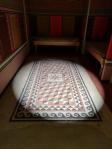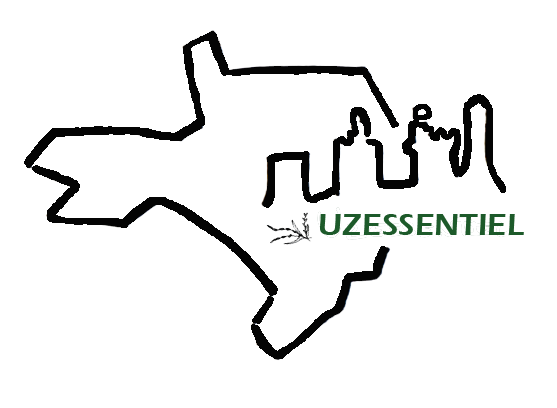The fantastic world of mosaic
FR - Decorative art prized during the Roman and Greek antiquity, the mosaic still has great days ahead.
|
The mosaic was born in Uruk, in Mesopotamia, some 6 000 years ago.
|
 If the Romans liked above all marble and stone for their mosaics, the Greeks appreciated the peebles.
If the Romans liked above all marble and stone for their mosaics, the Greeks appreciated the peebles.
The Byzantins artists worked on glass and enamels mosaic, the Firenze of the powerful Medicis didn't hesitate to use precious stones on some of their frescos...
Even if after the Middle Age and the Renaissance the discipline tended to disapear from the artistic scene, it was revived successfully at the turn of the 19th Century, especially in France.
Artists such as the one of the Art Nouveau movement used marble, granite, glass, shards of ceramic to create their mosaics. Among them we can named French Swiss Eugène Grasset (1845/1917), Austrian Klimt (1862/1918), Catalan Gaudí (1852/19269) with its very own technique of trencadis (from the Catalan verb trencar -> to break, small pieces of ceramic and dishes typical of the Catalan Modernism period) and French Russian Marc Chagall. And each and all of them excelled in the art.
|
Did you know that French roadmender Raymond Isidore decorated his house in the city of Chartres and garden using the pique-assiette technic (small pieces of home dishes). Till today, his house is known as the Maison Picassiette.
|
The artists of today are the proud successors of the mosaicists of times past with creative works so 21st Century, occasionally inspired by pieces of art of the Antiquity.
|
Mosaïc : from latin "musaicum", derived form Greek "mouseion", from the muses*. The "opus tessellatum" is a normal technique of Greek and Roman mosaic, made from tesserae that are larger than about 4 mm. It is different from the "opus vermiculatum" which used tiny tesserae, typically cubes of 4 millimetres or less*...
|

 Between all the modern artists we talk about, French mosaist Clémence Sellincourt, of which you can see of the work at the Maison des artisans d'art d'Uzès. She supervises twice a month a workshop at the MJC of Uzès too.
Between all the modern artists we talk about, French mosaist Clémence Sellincourt, of which you can see of the work at the Maison des artisans d'art d'Uzès. She supervises twice a month a workshop at the MJC of Uzès too.
To admire : the mosaic collection of the Museum of the Romanity, in Nimes, such as the Mosaïque dite de l’enclos du gouverneur, or the one of Brignon and the Penthée mosaic, discovered in 2006 in Nimes (photos).
Sources, more reading : *wikipedia.
More informations about the mosaic workshop at the MJC of Uzès.







